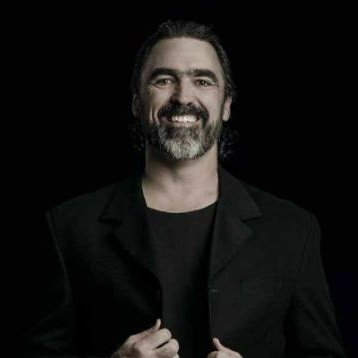Campaign Review: The verdict on Metamucil, Fanta, the NRL and Four Seasons
In a new series, Mumbrella invites the industry’s most senior creatives and strategists to offer their views on the latest big marketing campaigns. This week: Mammal’s creative partner Luke Chess and The Core Agency’s strategy director Simon Rich.
Brand: Metamucil – When Nugget met Metamucil
Agency: McCann Health
The verdict: A ‘breath of fresh air’ but ‘not relevant to the target audience’
The ad tells the love story of Ms Meta Mucil and a man named Nugget in a parody of dating show The Bachelor.
Luke Chess, creative partner at Mammal:


